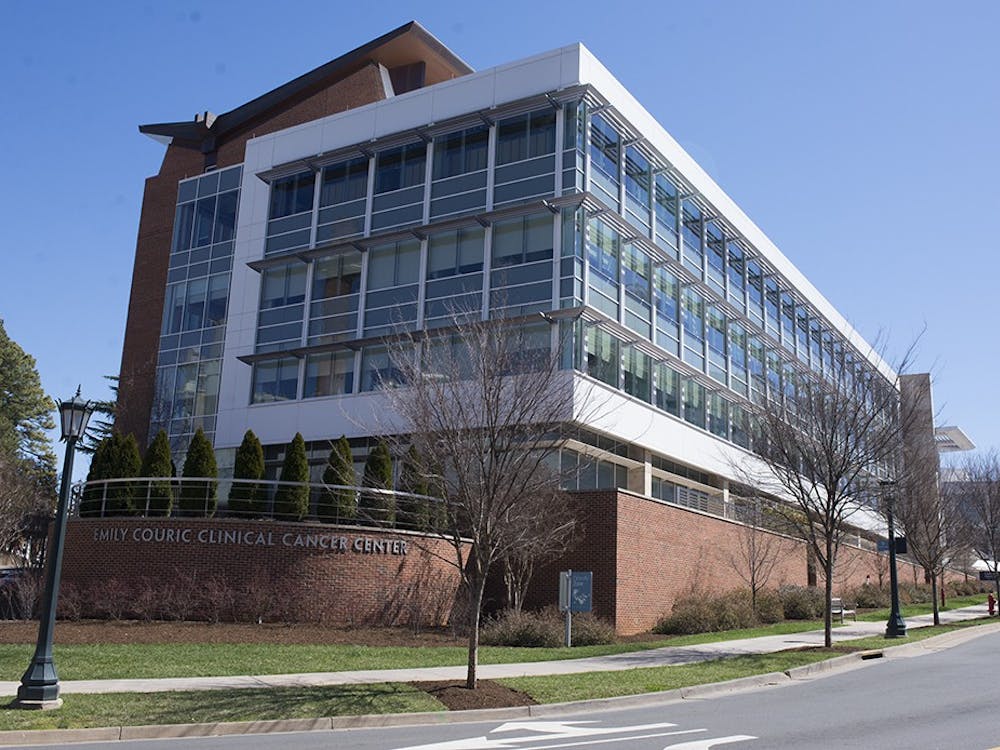When the H1N1 virus, or swine flu, first made headlines this summer, many recalled earlier stories about bird flu. This particular virus, however, seems to have reached a much greater scale. The Washington Post reported Aug. 25 that up to half the U.S. population is expected to become infected this fall and winter, and Dr. James Turner, University Student Health Director and President of the American College Health Association, said the 18- to 24-year-old demographic is highly affected at disproportional rates.\nDoctors and academics alike have debated why H1N1 affects college-aged students at such a high rate, but no one knows for sure. Possible explanations include high density situations such as dorms and apartments as well as actions such as sharing drinks or talking closely.\n"I believe it's the living, learning and social environment that young people find themselves in," Turner said.\nSixty-three cases of swine flu were confirmed during the summer session this year at the University. None have been confirmed since Aug. 22 though Turner said the hospital expects to see an outbreak in coming weeks..\nSchools such as Louisiana State University, University of Alabama, Mississippi State and Auburn University started classes last week and already have experienced outbreaks, most of which started in Greek housing, he said.\nAlthough the swine flu shares similar symptoms with the regular flu such as fever, chills, body aches and gastrointestinal symptoms, the two are essentially different.\n"It's a different virus," Turner said. "This flu virus is one that hasn't circulated among humans before. It has unique physical characteristics. We don't have the antibodies to protect us. That's why it spreads so easily, we have no natural immunity."\nStudent Health has been actively working to fight the pandemic. The office is preparing for a surge of sick patients "upwards of 50-60 students every day" and will be offering a vaccination. The vaccine will consist of two doses - the first, a primer, and a second booster three to four weeks later. Both doses are needed for the vaccine to be effective, and students also should receive the regular flu shot Nov. 5, Turner said. The H1N1 vaccine should be available mid-November to early December.\n"We're also preparing to triage - encouraging ill students to call Student Health, describe their symptoms and see what it is and what they should do," Turner said. "In this way, we can manage students who are ill."\nFaculty also have been asked to set forth a more lenient attendance policy toward those who are ill and to try to provide students with ways to obtain notes and complete assignments online.\nStudent Health also is asking that every student entering Student Health's General Medicine department wear medicinal masks to protect themselves and others. Additionally, they have created educational materials for resident advisors and students about the virus and how to stay healthy, all of which are available online. Students said they understand the danger and likelihood of contracting the virus, especially in a large University setting.\n"Being around large crowds of people, the fear is there because you don't know what they've been doing or who they've been around or if they've studied abroad," first-year College student Andrew Lake said.\nFirst-year College student Naomi Gabriel said though the virus is worrisome, she is confident that the Health System will notify community members in the case of an outbreak.\n"It's scary but I've been seeing stuff around Grounds to prepare us for it," she said.\nThe virus spreads through respiratory secretions, so it is important to practice good hygiene and coughing practices and not to share drink glasses, cigarettes, hookah pipes, etc., Turner advised. Pillows, too, are a "great way" of spreading the virus, as 85 percent of those who were involved in the mumps outbreak in 2006 were female students who had been sharing pillows in each other's dorms, he said.\n"Also, practice selective kissing," he said. "A lot of it is common sense."\nBy taking the right measures to protect each other from contracting the virus, students also help the health of those around them.\n"For college students, it's a major inconvenience, but not as much a health effect," he said. "The real risk is it spreading to the community - infants, pregnant women, the elderly, people with asthma, etc. When you think about preventing disease in yourself, you're really thinking about preventing disease in others - friends and family. That's what this is all about"




